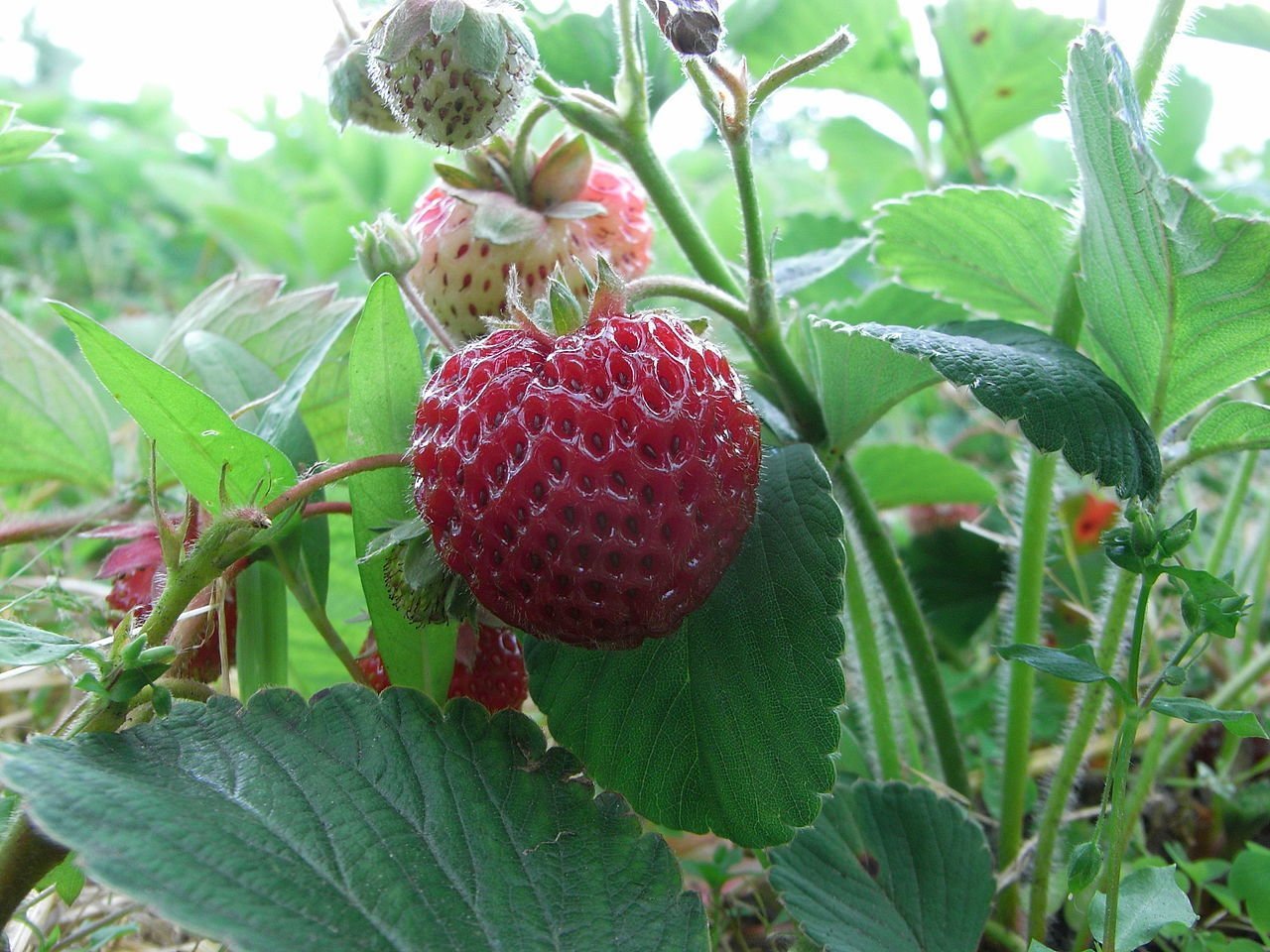I’m excited to try to make it happen, but I’m a little bummed that my first attempts failed. My guess is I shouldn’t have dried the pollen. Strawberry pollen is also heat sensitive, so that may have compounded the issue. Next time I’ll use fresh pollen, and I might also like to try the cross in reverse (strawberry seeds are much easier to sprout, and raspberry pollen is easier to harvest). If it works out, I’d like to try it with pale-fruited types, like F. vesca “Pineapple Crush” x R. idaeus “Anne”. Then there’s other diploid brambles, like R. occidentalis and R. ulmifolius.
Speaking of pale fruits, has anyone tried to breed a White Loganberry? It seems like the logical next step with white blackberries and yellow raspberries. Even black raspberries have yellow variants (“Yellow Purples” anyone?). I’m down to try it myself.
For the tropical hybrids, I have R. probus, I’d like to get R. rosifolius, R. niveus, R. glaucus, R. nubigenus (really a highland species) and R. macraei. The fruit size with R. nubigenus is insane! Rubus macraei is a special case, as there is a thornless purple-fruited liana variant that has the typical Hawaiian Rubus bitterness, and a thorny upright large-yellow-fruited variant that is sweet. The latter is the one I want, but I’ve no idea where to find it, and the original article states its location as a Koa forest on the windward slopes of Mauna Kea.
I was interested in crossing Fragaria vesca with F. moschata, but after reading about another man’s trials in crossing F. moschata with F. x ananassa ( Berried Treasure | Science | Smithsonian Magazine ), it seems more trouble than it’s worth. Both are exquisitely flavored, apparently, but the musk strawberry’s flavor profile is so chemically complex that it’ll probably get unbalanced in the vast majority of the hybrids produced. I’d like to get my hands on some F. x vescana, if they ever become available.
I plan on acquiring Rosa pomifera soon for another breeding experiment, but I might include it in this one too… But then, I’d need tetraploid brambles and strawberries to breed successfully. Are there any diploid fruiting roses?
For all the hybrids I try, I’d like to get my hands on Oryzalin (or failing that, Colchicine), as an added precaution in case they come out sterile. Does anyone here know where I might obtain that?
Also, that Framberry looks good! How does it compare with other strawberries? I think the actual hybrid might just look like a regular raspberry (with an altered flavor profile), as Burbank’s mule did produce some fairly normal-looking drupelets.
